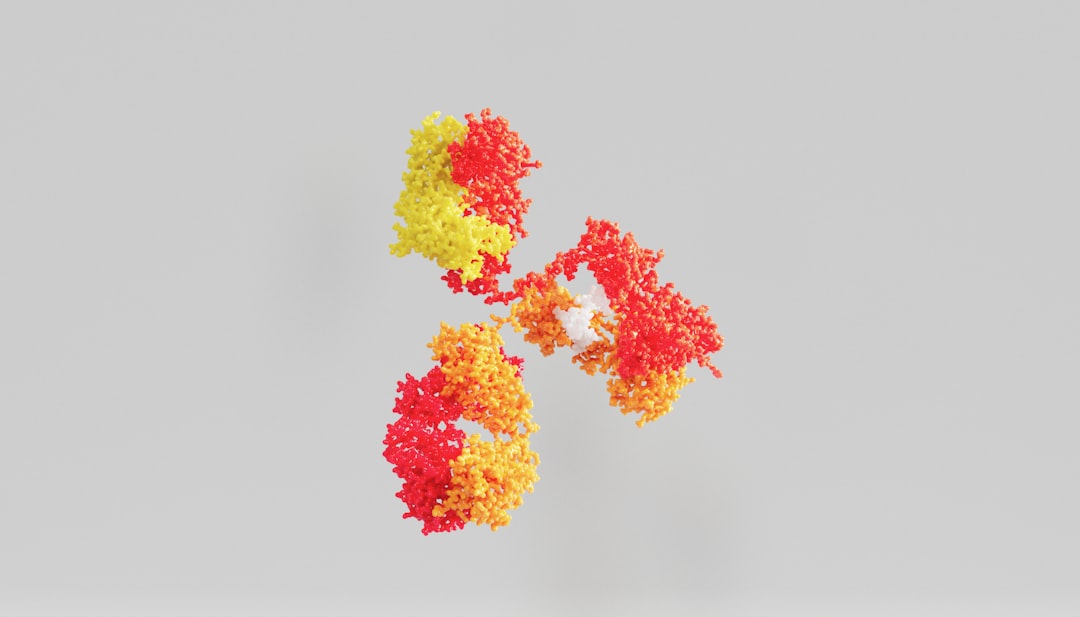What is it about?
As a result of light's radiation pressure impinging on a mechanically vibrating body, part of the scattered light could either get up-converted (blue-shifted) or down-converted (red-shifted) in frequency, by the amount of mechanical frequency. It is found through a new nonlinear analysis, that the frequency shifts of red- and blue- scattered lights are not exactly equal, counter to the normal expectation. There actually happens to be a slight difference between these side-bands in their frequency shifts and amplitudes, which we here call as the Side-band Inequivalence (SI). Side-band Inequivalence leans normally towards the red side-band in both frequency and amplitude. Moreover, it has a distinct behavior than the quantum asymmetry in amplitudes due to quantum thermal effects. This symmetry breaking is a purely nonlinear effect and therefore is dependent on the intensity of light. Side-band Inequivalence is found not only in quantum optomechanics, but also in Raman and Brillouin scattering, ion and Paul traps, electrooptic and acoustooptic modulators, and anywhere the same type of nonlinear interaction occur. Evidence from a large pool of experimental data (mostly supplied in the Supplementary Information) unambigously confirms the existence of this symmetry breaking.
Featured Image

Photo by Denis Agati on Unsplash
Why is it important?
The importance of this effect is six-fold: 1) It can add up to the useful information which can be extracted from optomechanical experiments and in particular Raman spectrometry, where every material behaves differently in Side-band Inequivalence. Surprisingly enough, Side-band Inequivalence seems to be much less sensitive to temperature offsets and changes, which can provide extra sensitivity and degree of freedom. 2) It may explain some anomaly and less understood behavior in relevant experiments and measurements, which were otherwise neglected or attributed to thermal or instability effects. 3) It can set upper limits to optomechanical and Raman thermometry, whereby putting too much optical power into the system even below other practical thresholds will push it into the strongly nonlinear regime and nonlinear Side-band Inquivalence will override the quantum thermal effects. 4) It presents significant evidence from vastly different experimental configurations which cover a wide spectrum of electromagnetic frequencies. Typical spectral ranges are 100kHz-1MHz for ion/Paul traps, 1MHz-10MHz for membrane optomechanics, 10MHz-10GHz for cavity optomechanics, 10MHz-1GHz for Brillouin scattering, 1MHz-10GHz for electrooptic and acoustooptic modulators, and 100GHz-10THz for Raman scattering. 5) It presents another successful application of the Method of Higher-order Operators to a very common and highly nonlinear problem for the first time. 6) Furthermore, the expression obtained via this new theoretical method in the weakly nonlinear regime agrees to two other considerably different solutions obtained by inspection of eigenvalues as well as the Akhmediev breather solution.
Perspectives
This article is the last published work in a total of seven, carried out during a guest appointment at the University of Vienna. Development of the Method of Higher-order Operators has needed an unorthodox way of thinking, analysis, and mathematical approach. It is the only existing known analytical approach capable of dealing with nonlinear stochastic quantum open systems without having to compromise the nonlinearity by linearization. Exact mathematical solutions or at least nonlinear corrections and explicit expressions can be normally expected by the use of the Method of Higher-order Operators. Its applications is not restricted to quantum optomechanics, and may well address nonlinearity in other systems such as quadratic nonlinear optomechanics, nonlinear electronic circuits, quantum non-demolition readout, Kuramoto model, and much more. The author has largely received inspiration from classical piano music in beautiful Vienna, which is gratefully acknowledged and to whom is dedicated therein.
Sina Khorasani
Universitat Wien
Read the Original
This page is a summary of: Analysis of Side-band Inequivalence, Scientific Reports, June 2019, Springer Science + Business Media,
DOI: 10.1038/s41598-019-45580-7.
You can read the full text:
Resources
Contributors
The following have contributed to this page










